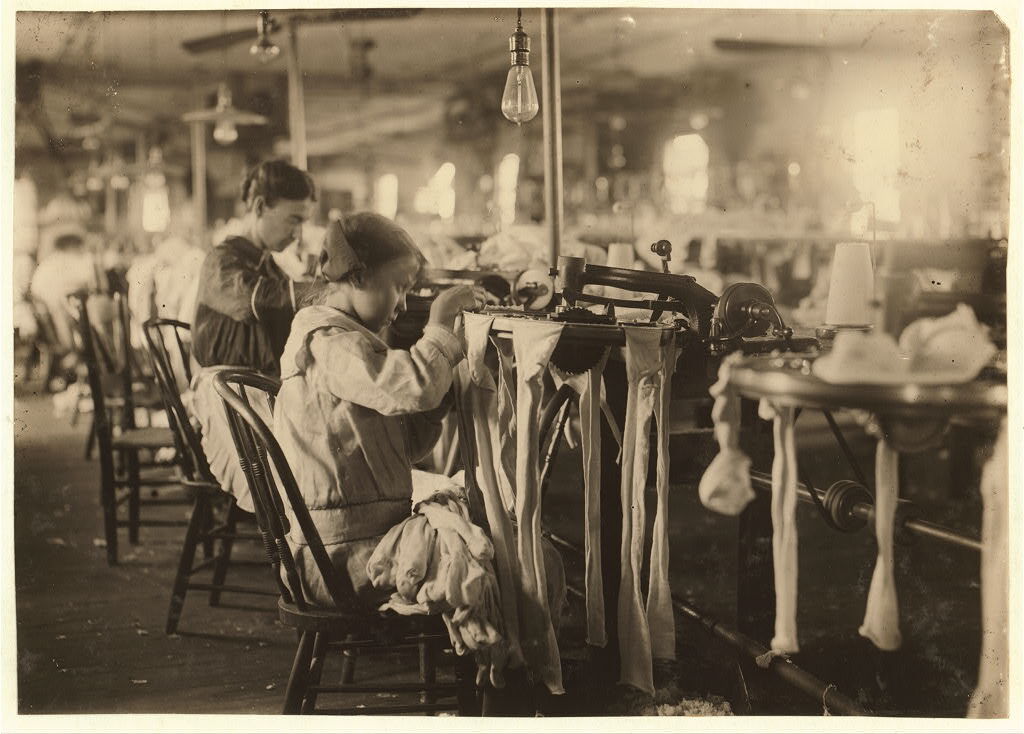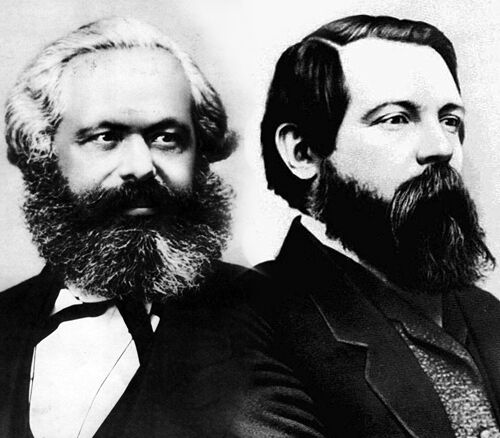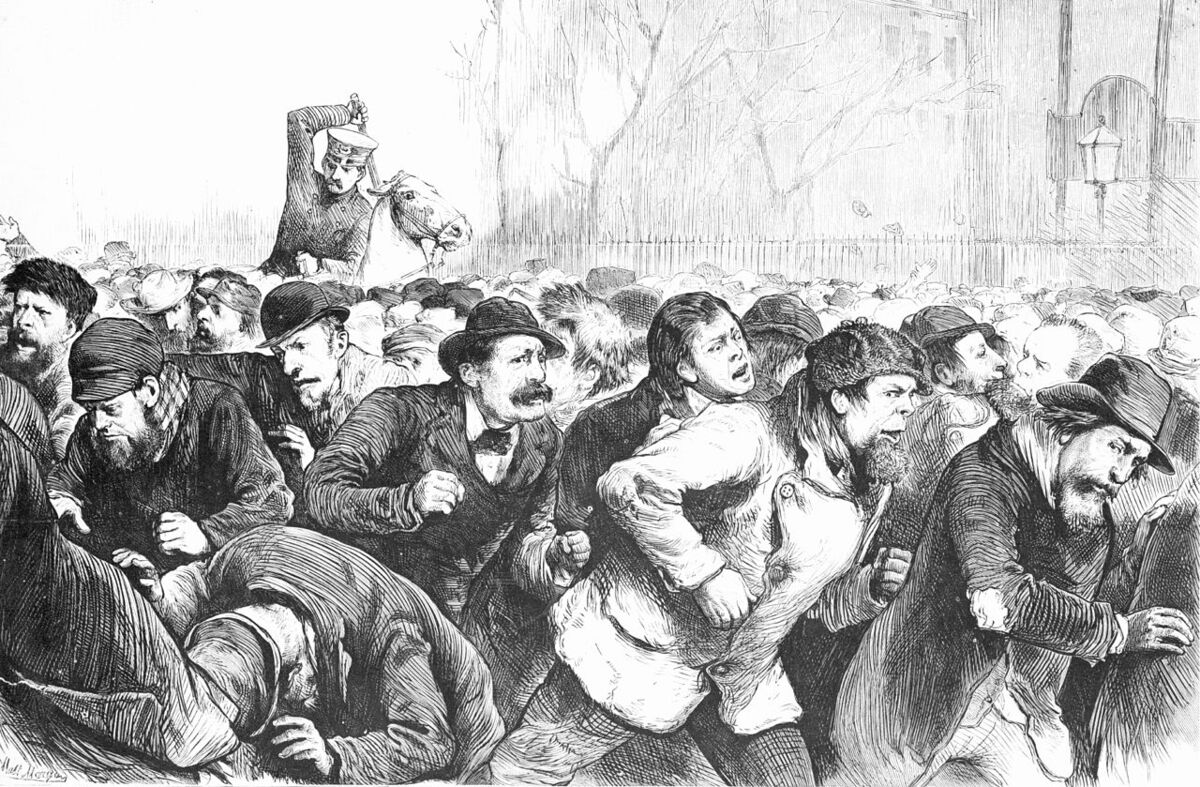With industrialization beginning to take hold in Great Britain, a new social class emerged: the working class. Initially, working conditions and living conditions were harsh. Over time, and after many years of struggle to improve their situation, the workers succeeded in obtaining more favorable conditions.

The bourgeoisie, who own the factories, offer their workers miserable conditions in their quest for maximum profit. With no security and no rights, workers are required to put in long hours in a noisy and dangerous environment. If the situation of male workers is arduous, that of women and children is just as difficult. They have to work many hours a day for much lower wages than men.
For example, because of their small size, children working in the mines have to go through narrow tunnels. Many of them will die or suffer serious injuries without being entitled to any insurance.
Wanting to improve their working conditions (wages, working hours, workplace safety, etc.), workers will use a variety of means to achieve this. First, some workers try to negotiate with their bosses. The latter systematically refuse to improve workers' conditions, as this would increase their costs and reduce their profits. In order to carry more weight in negotiations, workers demand the right to associate. They faced stiff resistance from their bosses and the government. Workers continue to press their demands through strikes. Others even use violence to assert their rights. Each time, the authorities react with great force to repress these demonstrations.
The right to associate enabled workers to unite within a group, an association. Representatives of this group could then negotiate working conditions for all members of the association at the same time. These groups were called unions.
When workers peacefully or violently attempt to improve their working conditions, their bosses and government authorities use repression to silence workers' demands. The right of association is constantly denied, and the police are used to prevent or stop workers' demonstrations. During strikes, contractors employ scabs to replace workers who oppose them. Generally speaking, the government takes a "laissez-faire" approach to law and order.
Despite opposition from the authorities, the workers' movement never stopped fighting to improve their conditions. Over time, they forced the government to pass laws improving working conditions:
-
limitation of the number of working hours per day;
-
the right to unionize;
-
setting a minimum wage;
-
etc.
| 1802 | Law prohibiting children from working in factories for more than 12 hours. |
| 1809 | Law prohibiting children under 9 from working in cotton factories. |
| 1842 | Law prohibiting women and children under 10 from working in mines. |
| 1871 | Legislation legally recognizing trade unions. |
| 1910 | Establishing the minimum wage. |

While the bourgeoisie, owners of factories and means of production, were preoccupied with accumulating more wealth, certain intellectuals proposed a more equitable way of distributing it. Several economists and philosophers, including Friederich Engels and Karl Marx, developed a socialist model based on respect for workers' rights, justice and social equality.
Marx and Engels' Communist Manifesto offers a vision of workers replacing the bourgeoisie at the top of the social ladder. This is known as communism, a system in which the means of production - factories, for example - belong to all the workers, rather than just one individual. Today, Marx's communism is known as Marxism.
